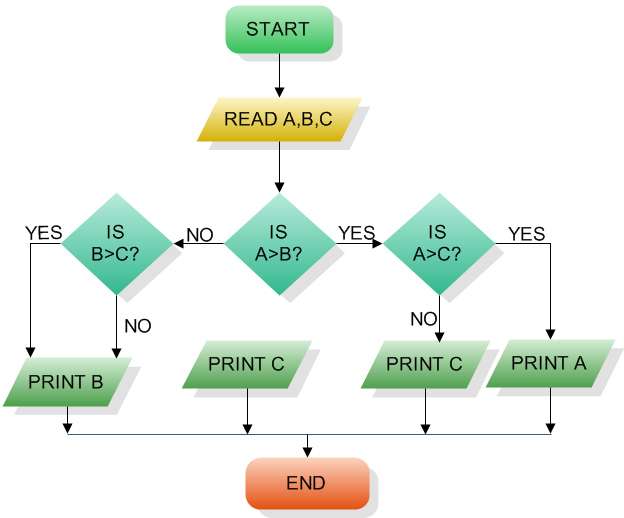RL Blogs

By Steve Pagani
Apr 27, 2015Safe unit startups requires all refinery disciplines to work collaboratively. |
| Are you really ready to start up your refinery process unit?
Starting up a process unit requires the right processes, people, and mechanics to ensure safe and seamless operations. Processes means more than the right chemistry, it means the right procedures and control systems.
People means more than a full contingency of operators. It means do you have the right people in place to support a startup; operators, engineers, supervisors, and even experts. Mechanics means more than just the guys working on the valves it involves instrumentation, analyzers, and even laboratory support.
Mechanical readiness doesn’t end with the last weld!
Mechanical readiness should involve all aspects of unit operations. It should include everything from the instrumentation to spare parts. There’s nothing worse than not being prepared for a mundane pump seal failure, which derails an otherwise smooth startup.
People readiness isn’t a numbers game!
Having the right people in place to ensure a successful startup can be critical to addressing the unexpected. This means more than just having a full slate of operators.
It isn’t the time to be dependent on the startup procedures. I’m not saying don’t use the procedures, but suggesting that the procedures should be completely memorized and internalized by everyone. Even more powerful than memorization would be truly understanding the “why” behind each step of the procedure. This will ensure that even a slight deviation in plan doesn’t cause panic.
Process readiness involves more than just chemistry!
Well really its all about chemistry, the idea here is that everyone should understand the safety risks for each step of the startup.
Where are the safety stops in the procedure? How do you safely stop a startup that has already started? All these concerns should be addressed before you’re ready to kick up the startup.
Cleanliness is a virtue!
We all know that it’s easier to work in a clean environment, right? We all know how disastrously dirty units can get during a turnaround. An often-overlooked aspect of a successful startup is preparing the space. I’ve seen so many examples where taking the time to thoroughly clean up the unit; such as removing temporary piping, trashing catalyst bags, and removing general waste.
Simple steps to energize people and improve moral. It also helps operations and mechanics spot anomalies that may prevent a successful startup.
This idea applies to both the outside and inside portions of the unit. The control room will be the center of activity during the startup, cleaning it up and organizing the support material and staff ensures clear communication for a seamless startup.
Know your place!
Everyone has a role in the startup, operations, engineering, mechanics, etc, but not everyone needs to be in the unit during startup. One key lesson of the BP Texas City incident was that uncalled for proximity to a unit in startup is an unnecessary risk.
The now obvious recommendation here is that all non-critical personal should be outside of the operating unit during all phases of startup. Another nuance of this recommendation though is that subtle positioning of operations supervisors, engineers, and process experts will also lead to a more smooth unit startup.
It’s not necessary for 10 people to hover over the shoulder of the board operator. Move the support staff to a nearby conference room or break area. Most refineries now have some sort of web based monitoring system. Have the second and third sets of eyes huddled around that rather than the control board.
Don’t just rely on the procedures!
I wrote earlier that over reliance on the written procedure during startup could be a risk to a smooth startup and I’ll say it again here. Don’t use the procedures as a crutch. I’ve seen several successful unit startups that utilized start aids.
The most successful aid I’ve seen is creating a visual flow diagram of the startup for all to utilize (operations, supervision, and engineering). Included on the flow diagram were critical pause points, process conditions, and safety steps. This enables everyone to understand exactly what is important and where the unit is at during the startup.
Like a good neighbor!
Often times during unit startups refinery wide linkages can get overlooked, but successful startups anticipate the change in the refinery wide balances around things such as steam, process water, and instrument air. These are the lifeblood of a unit and if by starting up your unit it robs another unit then a refinery upset could occur.
From start to finish!
A successful unit startup is trouble free through all phases of the startup. That really involves careful consideration of everything from where does the initial circulation oil come from to where do the off test products go. It’s terrible to contaminate an entire tank of finished product with startup material.
Its only just begun!
After weeks of exhausting turnaround activities and days of intense startup support, it’s important not to lapse on operational focus once the unit is live. There is no time for losing focus, because that is when incidents happen. I’ve seven several units actually have procedures that call for the arrival of relief personnel to allow for clearer minds to take over after a certain point in the startup.
An odd predicament that has popped up with the improvement of unit reliability is that fewer people actually have experience starting up and shutting down process units. With a little thought and a lot of preparation every unit startup should be safe and seamless. |
|
|










